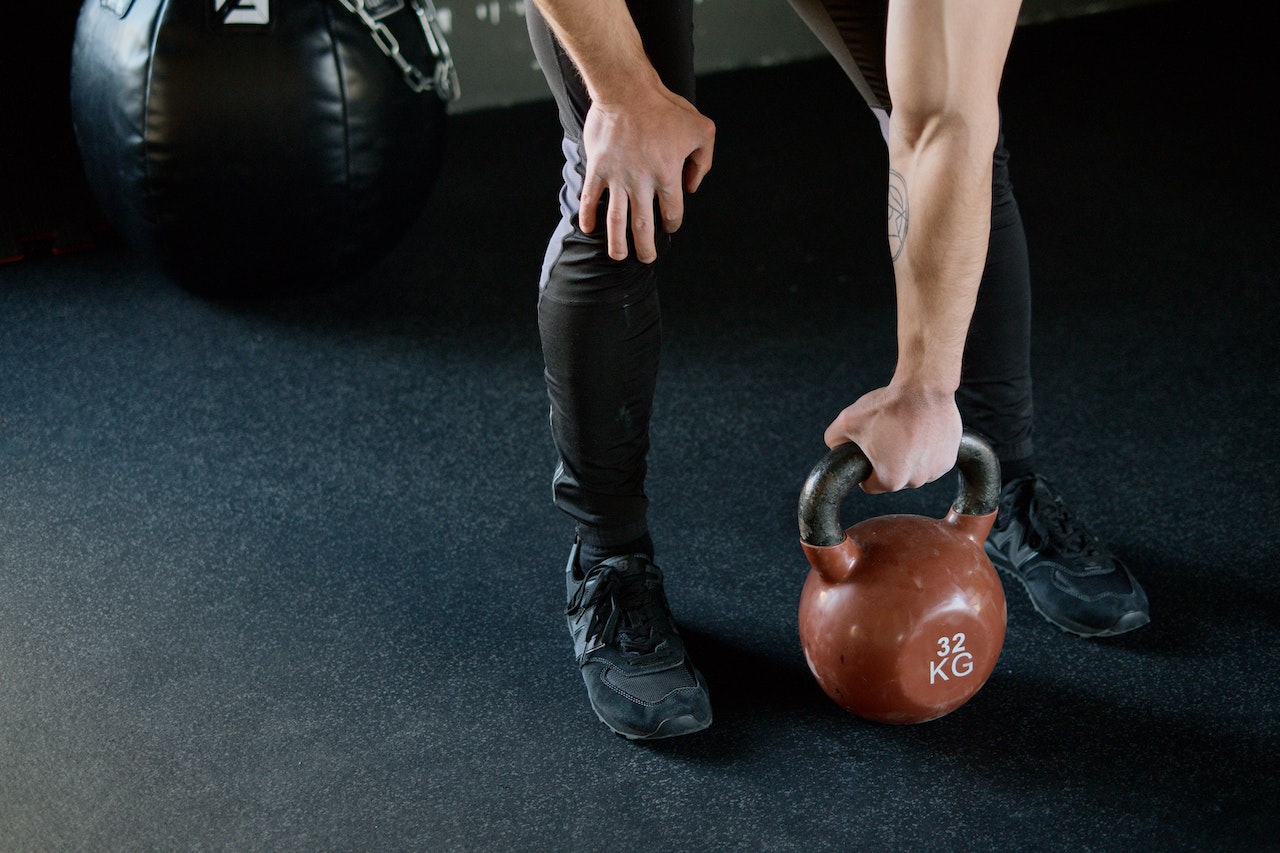
As we have grown older, keeping fit, healing quickly, and having good athletic skills have become less important. However, this is something that we should consider. Since I have programmed two days a week for GPP, those listed factors have improved. I didn’t realize the value of what GPP brings to the washed-up meathead until I started doing it.
Conversely, young athletes who can just go into the gym, warm up with a few empty bar reps and be ready to go are doing a disservice to their years as competitive athletes. If they want to be better athletes, programming a GPP is beneficial and can extend the years of sports.
GPP stands for General Physical Preparedness, and it is an important part of any fitness program.
The goal of GPP is to develop a foundation of strength, power, and endurance you can build upon with more specific training.
To achieve this, it’s important to include the six foundational movement patterns in your workouts:
- squat
- hinge
- lunge
- push
- pull
- carry
The squat is one of the most fundamental exercises and should be included in every GPP workout.
It works all the major muscles in the legs and core while also improving balance and coordination. Squats can be done with a barbell or just bodyweight depending on your level of fitness.
The hinge is another important exercise that should be included in a GPP workout.
This movement pattern focuses on strengthening the posterior chain (the muscles along your backside). These are key for power production and injury prevention. Deadlifts are a great example of a hinge exercise you can do with either a barbell or kettlebell depending on your level of strength.
Lunges are an excellent way to build single-leg strength and stability while also working the core muscles.
Lunges can be done with bodyweight or weighted depending on your goals.
Pushing exercises such as push-ups, bench presses, shoulder presses, and sled pushes are essential for developing upper body strength and power.
These exercises work all the major muscle groups in the chest, shoulders, arms, and back while also improving posture and balance.
Pulling exercises such as rows, lat pulldowns, hamstring bridges, and sled pulls are important for developing upper body strength.
Also, for improving posture by strengthening the back muscles.
Finally, carrying exercises such as farmer’s carries or overhead carries help to build total body strength while also improving grip strength. This is essential for many sports activities such as rock climbing or tennis.
It’s important to remember not to go to complete failure when doing these movements since they form the foundation of any good GPP program. You want to leave something in reserve so you can continue building upon them.
It’s also important not to overdo it!
Going over your maximum training volume can delay recovery and stall progress. So, it’s important to be aware of your limits and stick to them.
It’s important to understand the guidelines for training by organizations like OSHA. Also, the standards and guidelines for training programs by agencies like CalHR Statewide Training. Understanding the quality training standards set out by the CDC can help you ensure that your training is effective and beneficial.
When designing a technical training session, it is important to consider who your audience is and what their objectives are. Following generic guidelines for training can help ensure that you are delivering effective instruction in a post-disaster shelter program setting. Finally, understanding the intended learning outcomes of a particular training session can help you design an effective learning pathway for trainees.
Overall, it is essential to understand the various guidelines for delivering successful training sessions in order to maximize effectiveness while avoiding pushing too hard beyond one’s maximum capacity. Doing so will help ensure that you make progress without sacrificing recovery time or risking injury.



